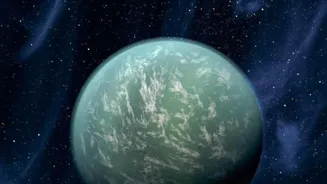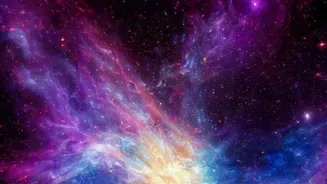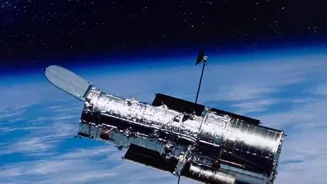Delve into the weird and wacky world of exoplanets! Explore strange planets challenging our cosmic norms. Read on!
Namaste, space enthusiasts! Buckle up, because we're about to take a desi-style tour of
the cosmos to explore some seriously strange exoplanets. "Exoplanets," you ask? These are planets orbiting stars other than our very own Sun.
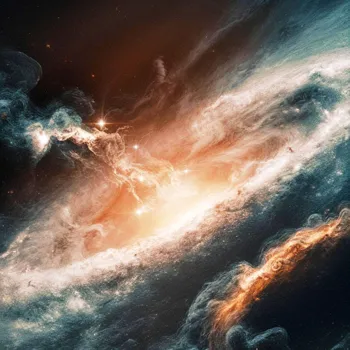
Scientists have been busy bees discovering these celestial bodies, and some of them are so odd, they make even Bollywood plots seem straightforward! Get ready to have your mind blown by these wacky wonders hanging out in the vast expanse above.
These planets challenge our understanding of what’s possible and show us that the universe is full of surprises, much the like local trains of Mumbai. So, grab your chai, settle in, and let's explore these bizarre worlds together, one cosmic curiosity at a time!
A planet with extreme temperature swings challenges scientists' understanding
First up on our list is a planet that truly lives up to its 'eccentric' reputation - HD 20782 b. Imagine a planet with an extremely elongated orbit, more like an oval than a circle.
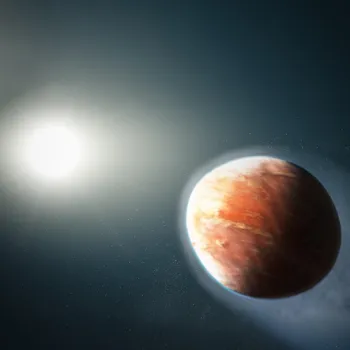
This means that at its closest point to its star, it's basking in intense heat, but at its farthest point, it's plunged into freezing cold. The temperature fluctuation in the planet happens very drastically. It's like living in Delhi, where you have extreme summers and extreme winters.
This wild ride affects everything from its atmosphere to its potential for, well, anything resembling life as we know it. Scientists are still scratching their heads over how such a planet could even form.
It's like trying to figure out how to make the perfect biryani – every chef has their own theory, but no one really knows for sure!
Planet WASP-76b: where it rains metal due to extreme heat
Next, we have a planet that’s literally raining metal. Yes, you read that right metal. Called WASP-76b, this gas giant is scorching hot, with temperatures reaching over 2,400 degrees Celsius.
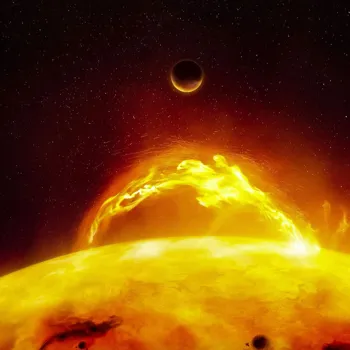
Here, iron evaporates into the atmosphere and then condenses on the cooler night side of the planet, falling as liquid iron rain. This planet is tidally locked – meaning one side always faces its star, while the other remains in perpetual darkness.
It’s like having a room where one side is bathed in sunlight and the other is always night. Talk about extremes! Exploring WASP-76b is not something we can consider any time soon. Who needs a space mission when you can picture this planet raining metal.
Maybe we should just stick to making 'jalebi' and enjoy a warm treat under our own Sun.
A fascinating diamond planet challenges planetary assumptions
Now, let's travel to the super-Earth, 55 Cancri e, which is twice the size and eight times the mass of our planet. This planet orbits its star so closely that the time it takes to revolve around the star is less than any of our human days.
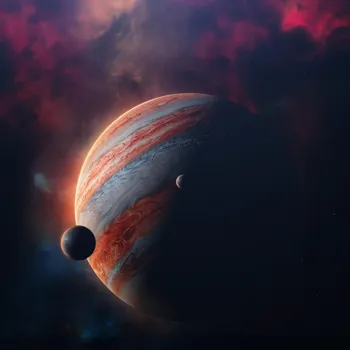
The surface is primarily made of graphite, so the core of the planet is pure diamond. Unfortunately, a holiday on this planet may not be feasible, as the diamond planet is at 1640 degree Celsius. 55 Cancri e offers more than just brilliance.
It challenges the assumptions on the formation and composition of planets. This is a good example of having 'sone pe suhaga', where you get an amazing planet and also get to learn new things.
Kepler-16b, a gas giant orbiting two stars, challenges our planetary system models
Hot on the heels of our diamond-planet friend is Kepler-16b, also known as "Tatooine" from Star Wars. This planet orbits not one, but two stars! Imagine having two suns setting in the sky.
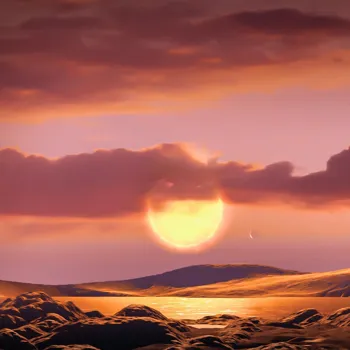
It would certainly make for some spectacular sunsets, maybe something you can compare to seeing golden hour in hills. Kepler-16b is a gas giant, similar to Saturn, and it's a constant reminder that the universe loves to throw curveballs.
The existence of such planets throws a wrench into our established models and shows us that planetary systems are far more diverse and complex than we ever imagined. Who knows, maybe one day we'll see a real-life Luke Skywalker gazing at a double sunset on Kepler-16b!
Exploring Gliese 436 b, where extreme gravity causes ice to burn
Let us now explore Gliese 436 b, also recognized as the "burning ice planet". This planet is as large as Neptune, but orbits very close to its star causing ice to burn. Generally, we are used to seeing fire burn things, but here the fire makes the ice burn.

So, why is it that the ice is still a solid? Well, Gliese 436 b has an extreme gravitation pull, that pulls the water molecules so tightly that they form solid ice even at high temperatures. Gliese 436 b challenges our understanding of planetary physics.
It is very interesting to learn how the combination of radiation and gravitation, can produce many interesting things on distant planet.
Hypothetical Planet Nine's gravitational effects spark research
Last but not least, we have Planet Nine, a hypothetical planet in our own solar system. This planet causes some gravitational effects on the other smaller bodies in our solar system. Planet Nive is not yet directly observed, but is only theoretically being studied.
Currently, researchers have focused on finding proof on its existence and are constantly investigating its properties. The planet has many mysteries and the investigations will possibly lead to new and more refined understandings of the solar system.
Exoplanets reveal universe's wonders, sparking curiosity and awe
These bizarre exoplanets, though far away, gives us a peek into how interesting the universe can be. From raining metal to planets with diamond cores, they give us fresh possibilities of planets.
As scientists continue to explore and discover, we can only imagine what other strange and interesting planets that we may find. From a science perspective, each discovery is a new opportunity to learn and refine our understanding of the universe.
So, the next time when you go outside to enjoy and be at peace with the world, remember the metal rain and diamond planets out there. They are worth your time!
AI Generated Content. Glance/InMobi shall have no liability for the content
